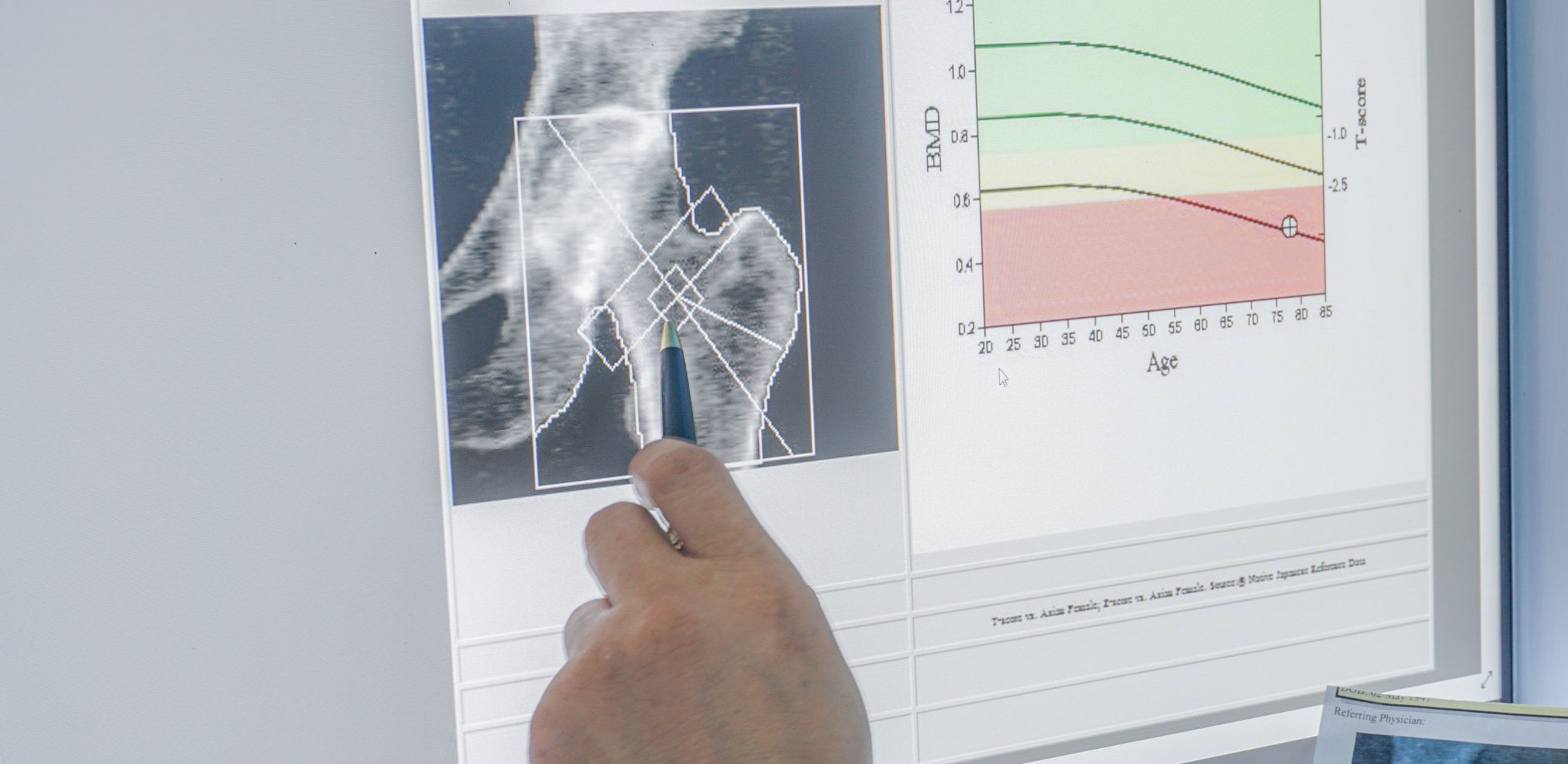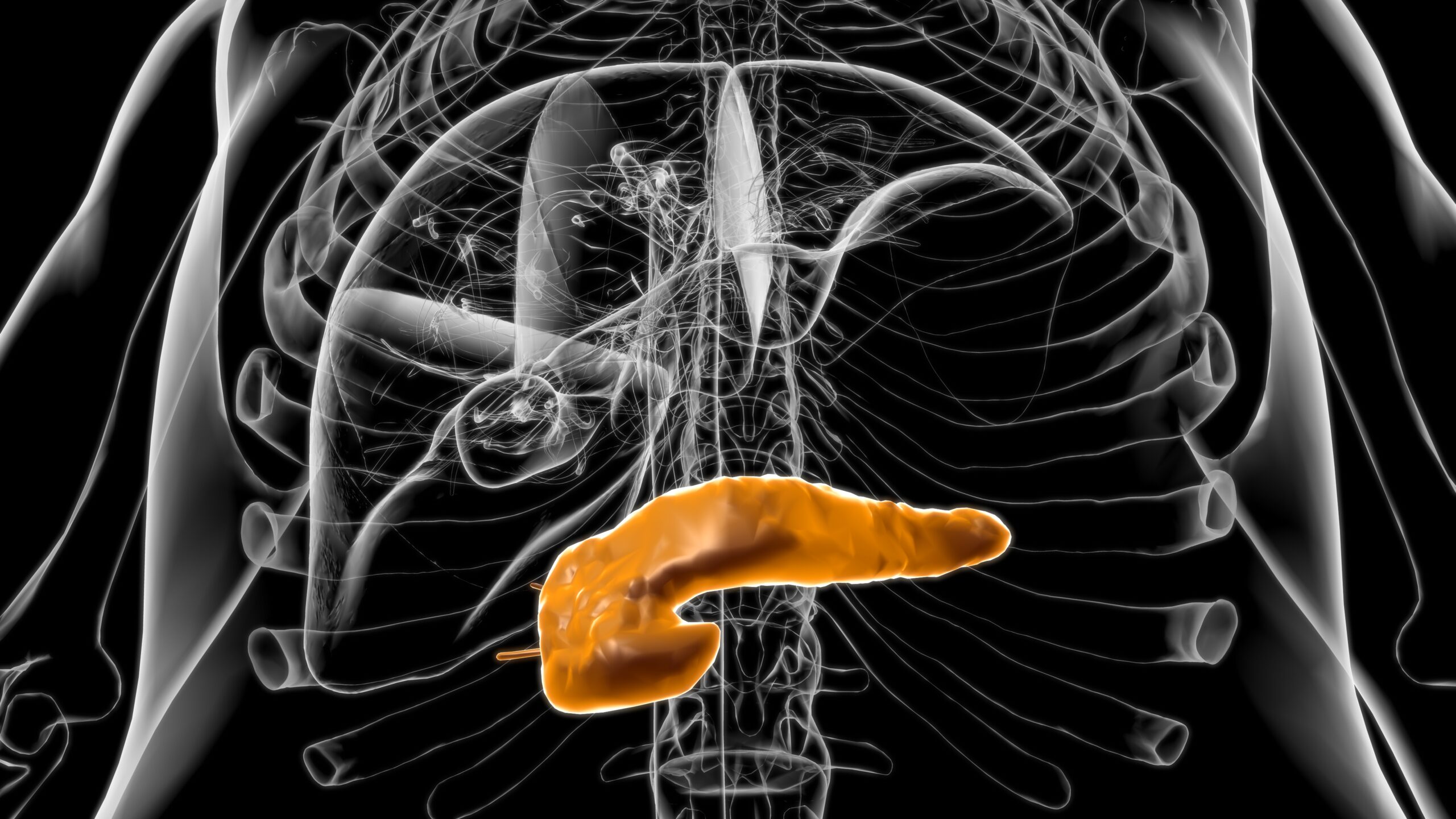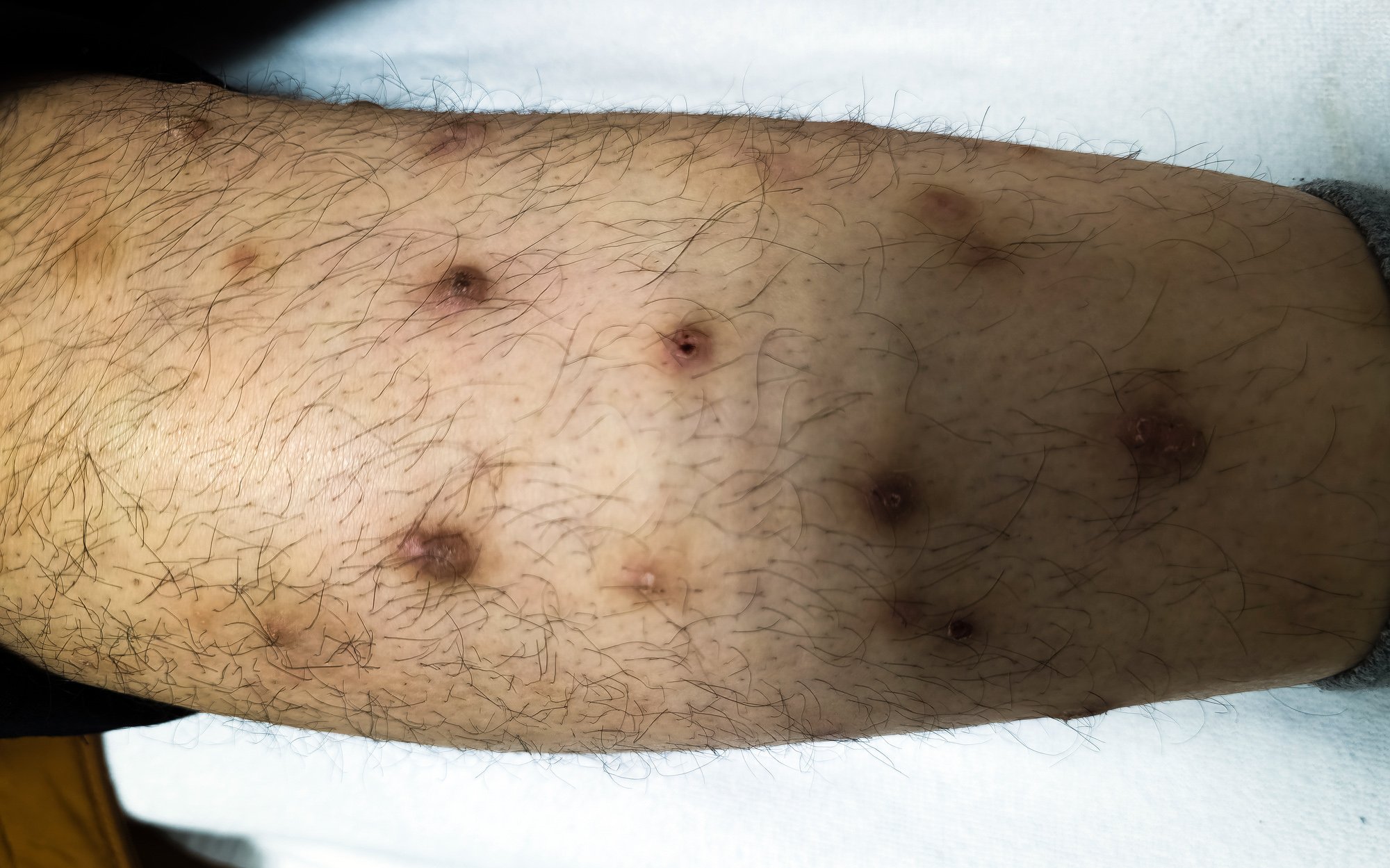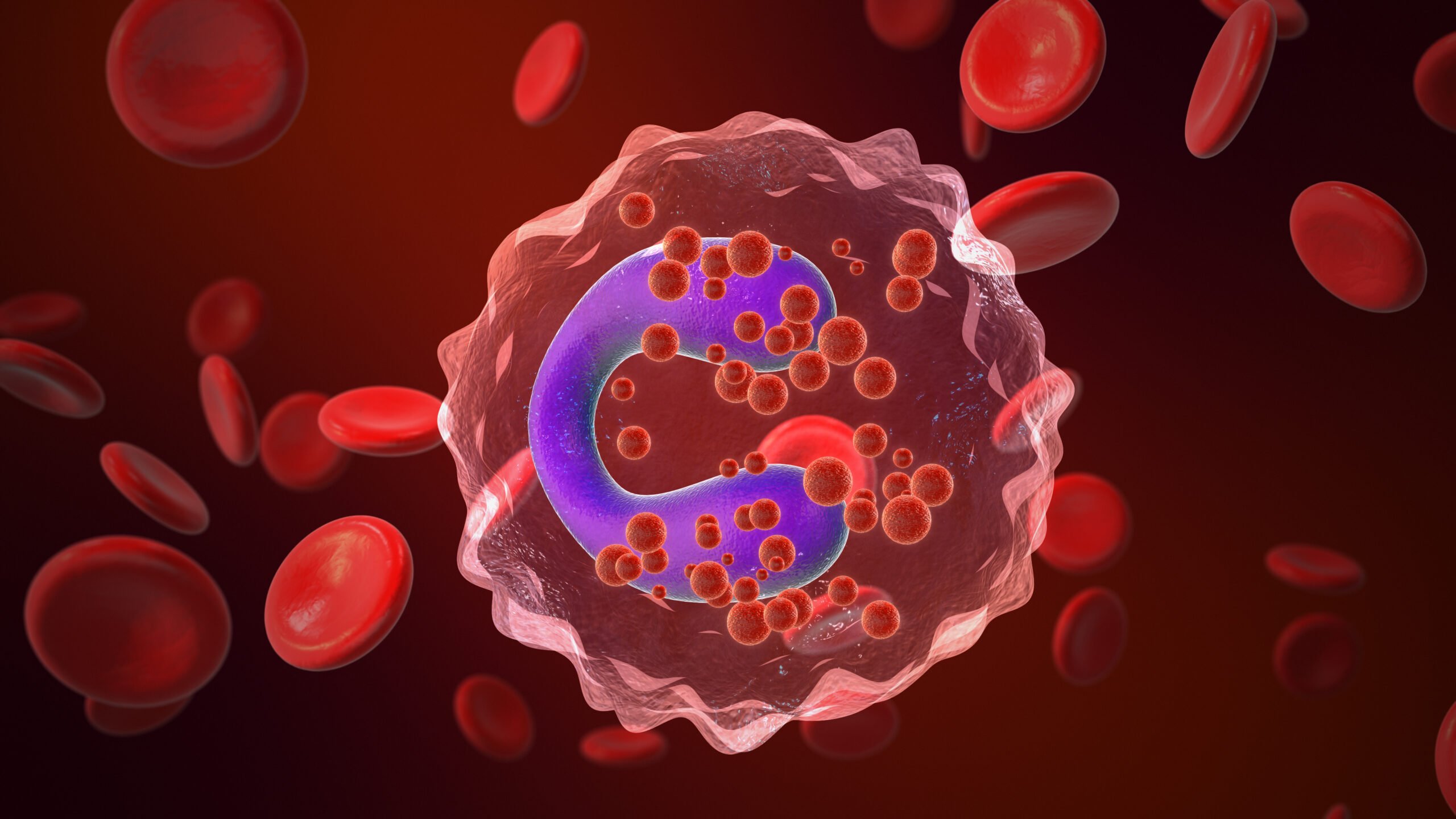Anticoagulation is associated with many challenges – even more so when patients belong to a high-risk group. This is because the combination of different preparations can be associated with risks, as can comorbid diseases. Current evidence, guideline recommendations, and practical approaches in a vulnerable patient population in a nutshell.
Patients with nonvalvular atrial fibrillation require special protection because of the threat of stroke, as Prof. Uwe Zeymer, MD, Ludwigshafen, Germany, pointed out. After stent implantation, the 2017 ESC guidelines still recommended triple therapy. Only in patients at very high risk of bleeding should dual treatment with an oral antiplatelet agent be resorted to. Basically, in a patient with stenting and atrial fibrillation, the questions are which is the best anticoagulant, which P2Y12 inhibitor should be used, and is ASA needed? With regard to anticoagulation, it has now been demonstrated that dual platelet inhibition with ASA and clopidogrel is not as effective as warfarin alone.
Conversely, this means that therapy after stenting is not sufficient and anticoagulation must be performed. This should preferably be done with a NOAK, as a meta-analysis showed. Compared with vitamin K antagonists (VKA), NOAK treatment in combination with platelet inhibition with rivaroxaban, for example, results in significantly less clinically relevant bleeding. The reduced bleeding rate was also confirmed with the use of apixaban. Accordingly, a consistent reduction in bleeding rates with NOAks versus VKAs both without and with platelet inhibition can be assumed, the expert concluded.
Aspirin administration: when and how much is useful?
No clinical studies are available regarding the use of P2Y12 inhibitors. Observational data suggest that bleeding rates are higher with ticagrelor and prasugrel compared with clopidogrel. Therefore, clopidogrel should be used as a standard part of combination therapy. The other two preparations should be used only in exceptional cases, such as stent thrombosis under clopidogrel.
The most difficult trade-off, however, concerns the use of aspirin. Is this even necessary and if so, for how long? Studies have demonstrated that a dual combination of NOAK and P2Y12 inhibitor results in less bleeding compared with VKA triple therapy without compromising safety with respect to ischemic events. Only in the first 30 days, stent thrombosis or the like can occur in isolated cases. In high-risk patients, one could therefore consider bridging this period with aspirin, says the expert. After that, there are no more indications of an increased risk. Currently, it is therefore recommended to use ASA only peri-interventionally or for a period of one month in patients at high risk of stent thrombosis. In ACS without stent and one year after ACE, oral anticoagulation alone is usually sufficient.
Ensure sufficient patient protection in diabetes
Diabetes is an established risk factor in patients with atrial fibrillation. However, the duration of the comorbid illness also plays a decisive role. The longer diabetes has been present, the higher the risk of thromboembolism. This is because hyperglycemia affects, among other things, vascular function, lipids, and coagulation – that is, both macrovascular and microvascular components, explained Prof. Matthias Antz, MD, Braunschweig, Germany. Diabetes patients have a 16.5% higher risk in terms of cardiovascular death, non-fatal myocardial infarction, and non-fatal stroke, compared with 13.1% in non-diabetic patients. Mortality is also increased at 14.3% vs. 9.9. Since up to 40% of all patients with atrial fibrillation also have diabetes, this risk should not be disregarded. Therefore, these patients require intensive anticoagulant care. The NOAK studies have shown that safety with regard to severe bleeding is also given in diabetic patients, which is why they should also be used preferentially in this clientele, summarized the expert.
Congress: DGK Heart Days 2021
Source: “Anticoagulation in vulnerable cArdioVascular risk Patients”, 01.10.2021.
CARDIOVASC 2021; 20(4): 26 (published 1/12/21, ahead of print).











